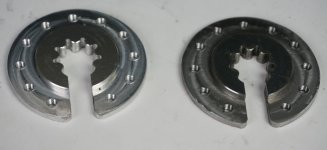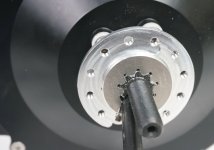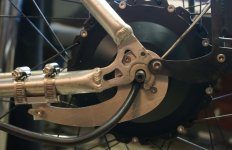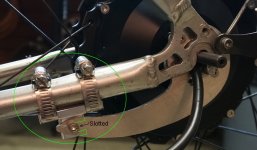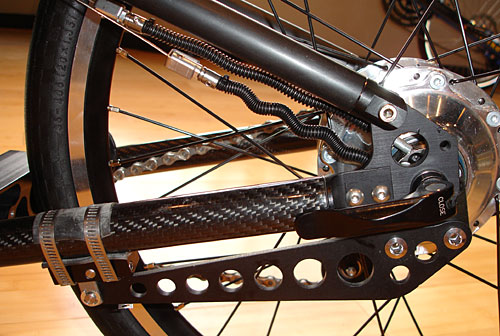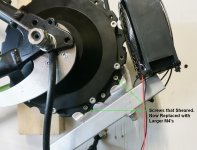e-beach said:I am looking forward to tests with a Grin torques arms myself. Maybe using the type of fork that failed earliest.
I was hoping that by modelling Justin's failed attempt, and showing that the results of the simulation produced similar results, I might demonstrate the efficacy of simulation testing. To be convincing, I need more accurate data than I can extract from pictures. (Due to the loss-y nature of the jpg format, the best I can achieve is about ±0.5mm/20thou of accuracy on the dimensions, which isn't good enough to be convincing.)
If I could make the case for simulation testing, then I could offer to put some of his design variations through that testing and perhaps contribute by saving him some time/cost producing prototypes for destruction.
Real life is always the real test, but if you can narrow down the possibilities, and guide the design process by seeing where the failures are likely to occur, in software; it can save a lot of time and money in the real world.




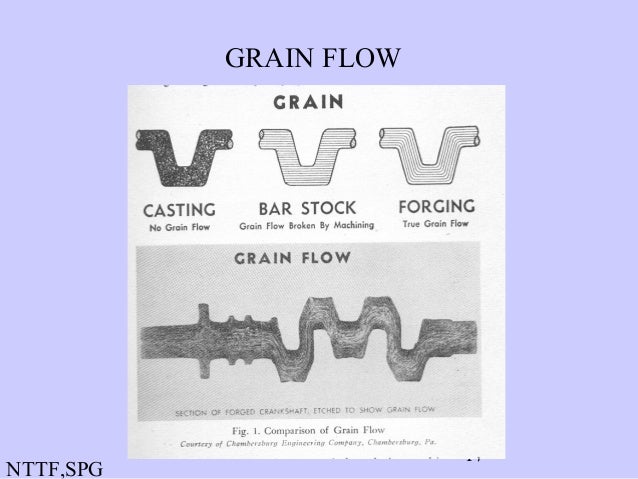
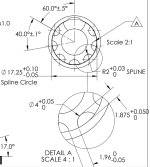
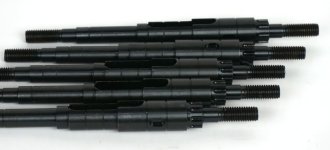
![splinedTA[200N.m][opt].gif splinedTA[200N.m][opt].gif](https://endless-sphere.com/sphere/data/attachments/126/126680-a2a2b8f28c0d3823e64dc664560c6f6b.jpg)
